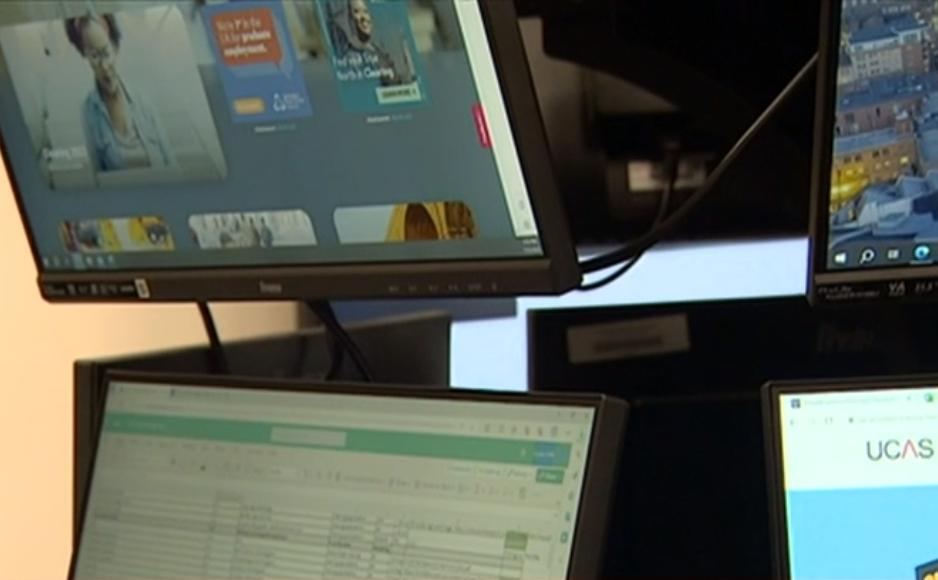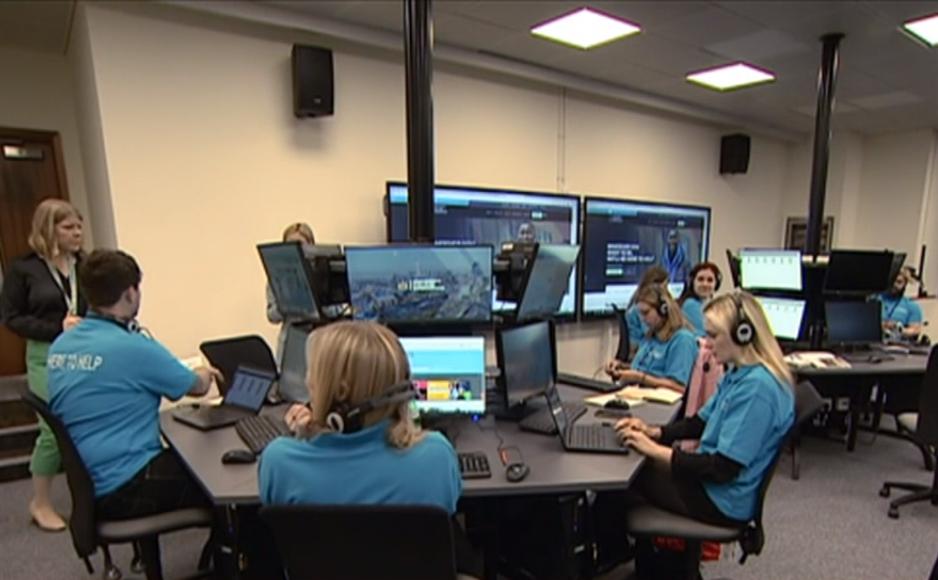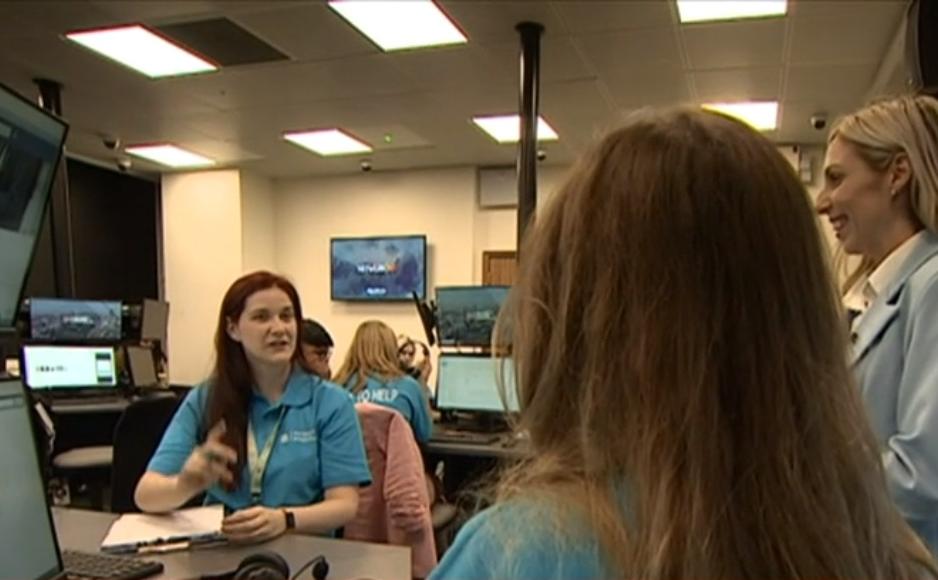Uni Cyber Lab Screen Stack

When was the last time you were in a contact centre?
I've made fairly regular visits of such environments throughout my career.
One of my very first was a mid-90s trip to a N East of England call centre, belonging to a mobile phone network provider.
It was both a troubling yet tantalising experience.
The human aspects of work seemed secondary to the technological.
The scope of realtime electronic displays felt like a cross between the era's Kowloon discos and a sci-fi transport hub departures board.
The tiny crammed space where each call handler worked was of considerably less appeal. A battery hen dealing in shattered dreams.
Given this was thirty years ago, there's been remarkably little noticeable improvement.
The physical prowl of the boss on your shoulder replaced by omnipresence of quant feed metrics.
Perhaps a major contributor to ever lowering typical agent tenure, and why ᴡꜰʜ agent numbers have boomed as possible counter.
I wonder if anyone's tried to put the jolt of a dog shock collar into a computer mouse?
One development worth noting is that of the screen bank.
Most workplaces nowadays have understood that to have two screens on your desk is not a symbol of status. Ask any creator - whether designer, coder, or copywriter - for instance. Indeed, there's an abundance of tasks where to have more than one item simultaneously in view is nigh on essential.
So it was pleasing to glimpse the 'cyber lab' of a Birmingham university. Training call handlers for the upcoming annual admission blitz.
Such higher education labs have long been an interesting guide. In my experience, slightly behind commercial set-ups at the cutting-edge, yet appreciably ahead of the majority of everyday office examples.
In my pursuit of elevating the distinctiveness, productivity and appeal of video calls, I've long encouraged the active use of a second screen.
When solution sellers were first locked out our workplace, this often took the form of rejuvenating the use of a tablet.
Not just having it to hand, but with justified confidence to consult when in live videolink.
If you've room in your out-of-office rig, then if you value work rate refinements you've likely already got a second monitor. Probably sitting alongside your existing screen.
The lab in question has gone for stacking. One on top of another. A kind of in parallel, rather than in series.
This is clearly a little more involved to replicate. Whether at home or in office. Such vertical arrangement may well require a tailored set-up. Like buying an arm mount, investing in dual-screen kit designed for this very purpose, or a correctly assembled slice of shelving.
I do wince a touch at the thought of home-made hacks. Despite the appeal of commandeering an old packaging box and sticky tape, it might be more risk than you ought really be inviting.
The advantages of completing more work in the day, come with having a more ergonomic workspace, with more space freed up to hand, better neck mobility and even wellbeing lifts from feeling in greater control.
And in terms of video meets, the lovely ability to put your webcam in the ideal spot (above or between) so you coincidentally, naturally, make eye contact with your speaking call participant.
I might add this lab plumps for hexagonal pods.

If alright for the call agent, not so much for the solution seller.
And spot the widescreen options on offer too.

It may go without saying, but this is not constructed as an ideal video calling space.
An unwelcome close proximity to colleagues, lack of shape-able backdrop or ability to place key intel behind your webcam in-vision for you alone would all impede us videoing in this guise.
What it does show though, is indeed worthy of our (and our prospects') time; the vertical screen stack. How can you make one work for you?
